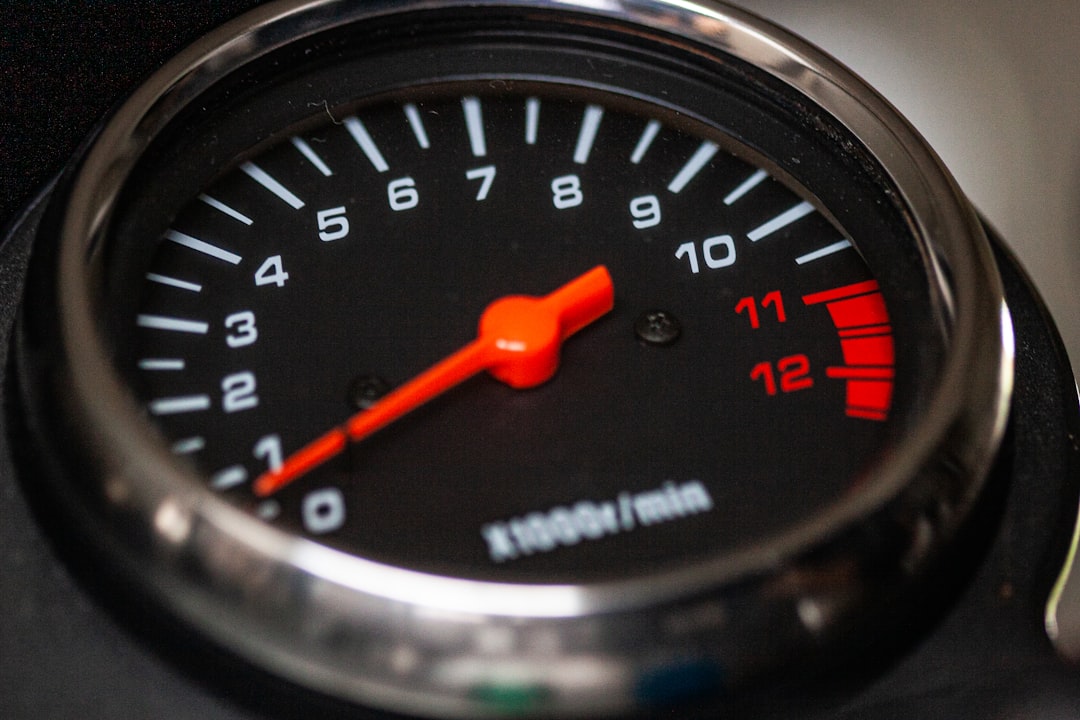Image optimization is a crucial component in building fast, responsive, and performant web applications. With the shift towards modern frameworks like Next.js and the rise of serverless and edge-based storage solutions like Cloudflare R2, developers are continually seeking better ways to deliver media content efficiently. Using Next.js App Router alongside Cloudflare R2 offers an exciting opportunity to build highly scalable applications with intelligent image delivery. In this article, we will dive deep into how Next.js’s image optimization works, how you can integrate it with R2, and the specific configuration needed with the App Router architecture.
Understanding Image Optimization in Next.js
Next.js comes with a powerful built-in Image component designed to automatically handle image resizing, format conversion, and lazy-loading. This leads to faster page loads and a better overall user experience. However, when using custom backends or storage services like Cloudflare R2, you need to set things up correctly so that images are fetched and processed seamlessly.
The main advantages of using Next.js’s Image component include:
- Automatic resizing to reduce file size and bandwidth usage
- Serving modern image formats like WebP
- Built-in support for placeholder loading and caching
But out of the box, this system is optimized for local images or images from known domains. To use external object storage like R2, you’ll need a custom configuration.
Why Cloudflare R2?
Cloudflare R2 offers a compelling alternative to services like Amazon S3. One of its biggest selling points is the zero egress fees, which means files delivered via HTTP don’t include the often costly data transfer charges associated with competing offerings. This makes R2 not only affordable but also highly scalable.
When combined with Next.js, you gain the ability to dynamically generate and serve images stored in R2—without a separate image CDN or manual optimization process.

Setting Up Your Next.js Project with App Router
The new App Router in Next.js (introduced in version 13) brings a powerful paradigm shift with React Server Components, layouts, and enhanced routing capabilities. To integrate Cloudflare R2 with the App Router in Next.js for image delivery, you’ll follow these core steps:
- Configure Cloudflare R2 and upload your image assets.
- Expose your R2 bucket via a public HTTP endpoint, e.g., through a Cloudflare Worker or Route.
- Set the image loader in Next.js to handle optimization from remote URLs.
Configuring Cloudflare R2
Start by setting up your R2 bucket on the Cloudflare dashboard, upload some images, and ensure your bucket is either public or serviceable via a custom Worker API. If you want to control access or track analytics, using a Worker as a proxy is a best practice.
Custom Loader for Next.js Image Component
Next.js allows us to specify a custom loader to dictate how images are fetched. Here’s an example of a simple loader configured to read from Cloudflare R2 via a public base URL:
const r2ImageLoader = ({ src, width, quality }) => {
return `https://your-r2-domain.com/${src}?w=${width}&q=${quality || 75}`;
};
This loader can then be used in your Next.js Image component like so:
import Image from 'next/image';
This lets Next.js handle the layout and optimization logic, while fetching the actual file from Cloudflare R2.
Image Optimization with Middleware and Routes
If your Cloudflare R2 assets aren’t directly exposed or you want additional control, you can use API Routes or Middleware to intercept and serve images dynamically. With the new App Router, you’d typically use a route handler file placed under app/api/image/route.ts.
Here’s a simplified example that fetches an image from R2:
export async function GET(request: Request) {
const { searchParams } = new URL(request.url);
const key = searchParams.get("key");
const response = await fetch(`https://your-r2-domain.com/${key}`);
if (!response.ok) {
return new Response("Image not found", { status: 404 });
}
const data = await response.arrayBuffer();
return new Response(data, {
headers: {
"Content-Type": "image/jpeg",
"Cache-Control": "public, max-age=86400"
}
});
}
Then, in your client-side code, pass this internal endpoint as the image source to preserve features like dynamic width and device responsiveness.
Image Caching and Performance Considerations
To get the best performance out of this setup, remember the following:
- Use long-term caching via HTTP headers
- Leverage Cloudflare CDN caching on top of the R2 storage
- Serve modern image formats (convert to WebP or AVIF when possible)
When using API routes as proxies, each request counts as a dynamic server request, which may impact performance and cost. Consider adding caching either on Vercel’s edge or via Cloudflare Workers to reduce repeated calls to R2.

Additional Tips and Best Practices
Here are some tips that can take your image handling to the next level:
- Use blur placeholders: Enable
placeholder="blur"for smoother lazy-loading - Image preloads: Add
link rel="preload"for images above the fold - Responsive breakpoints: Use the
sizesproperty with smart breakpoints - Store AVIF & WebP: Store multiple versions of images in R2 and serve the ideal one based on browser headers
Last but not least, monitor your bandwidth and hit rates using Cloudflare’s analytics tools. You’ll be surprised how much optimization can be gained with a strategic caching and format policy.
Conclusion
When you pair Next.js’s powerful App Router architecture with the scalability and egress-free benefits of Cloudflare R2, you open up an efficient pipeline for modern image delivery. Whether you’re building a blog, e-commerce platform, or image-intensive web app, this approach gives you full control over performance, cost, and scalability.
By integrating custom image loaders, API routes, and responsive design thinking, your site can serve images that are not only beautiful but perform with near-instant delivery speeds—even at global scale.
Start small by moving your image assets to R2, test with route handlers or loaders, and watch your Lighthouse scores and user experiences improve dramatically.
Image optimization isn’t just about file size—it’s about delivering experiences that feel effortless. And with Next.js and Cloudflare R2, you’re holding the keys to that future.